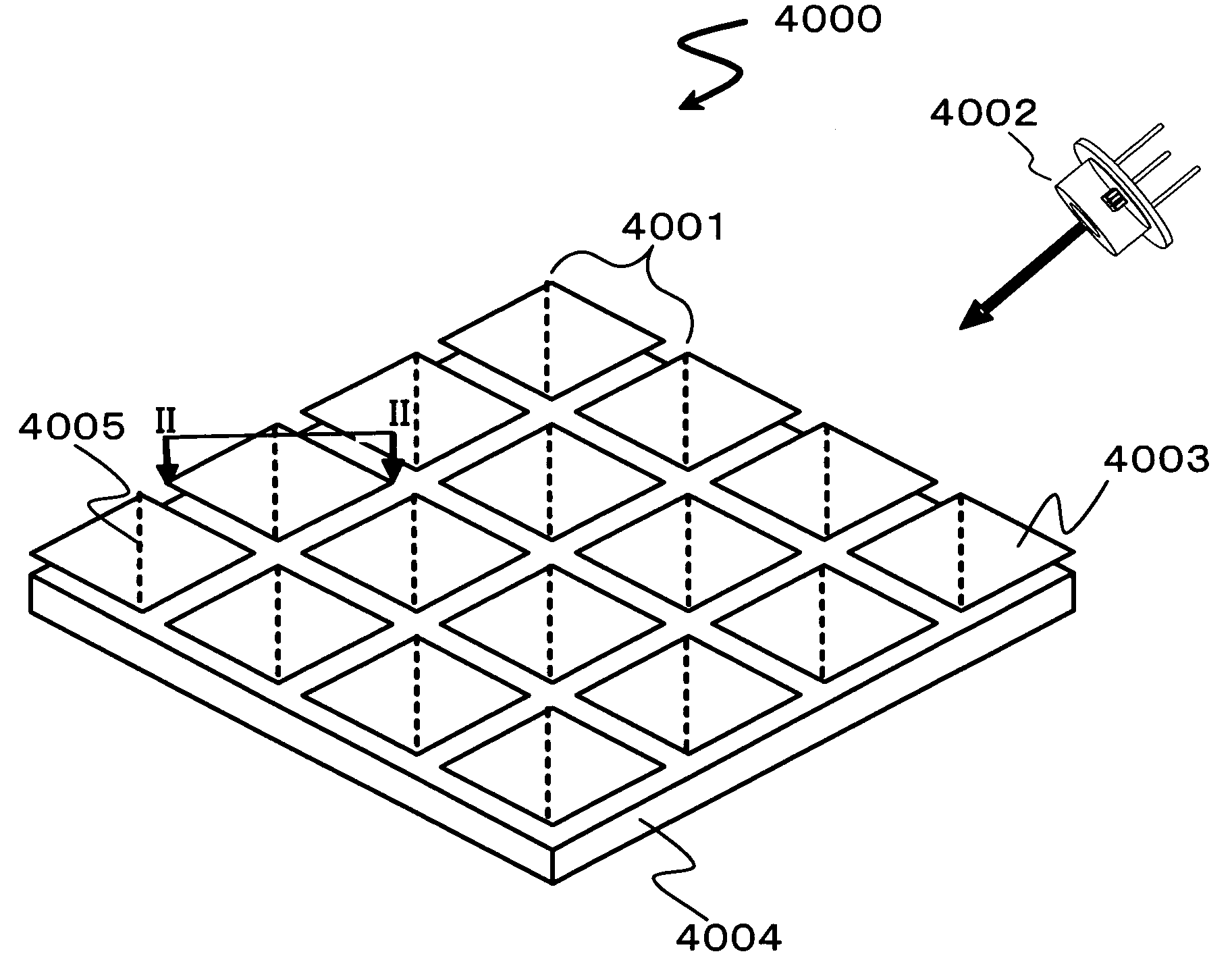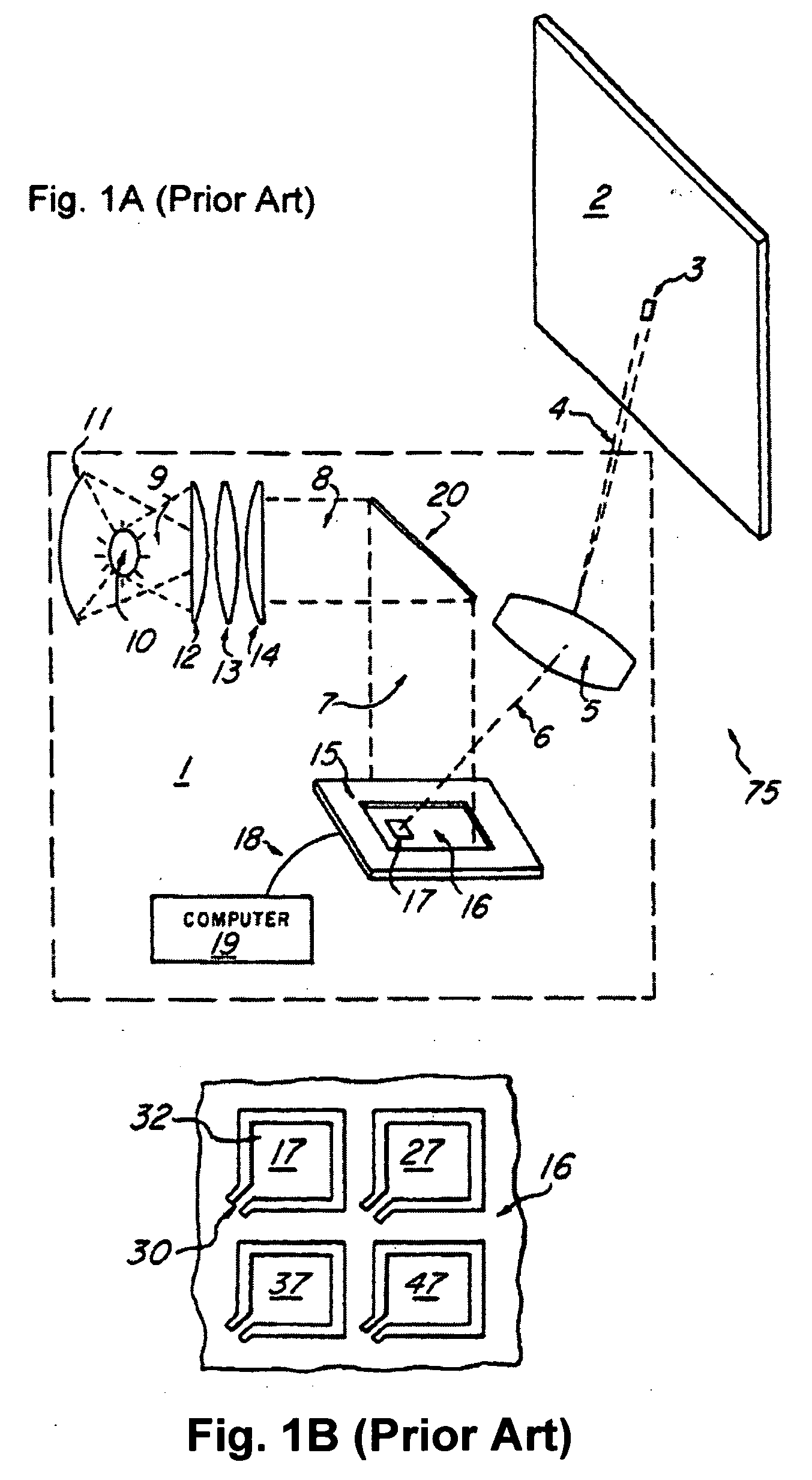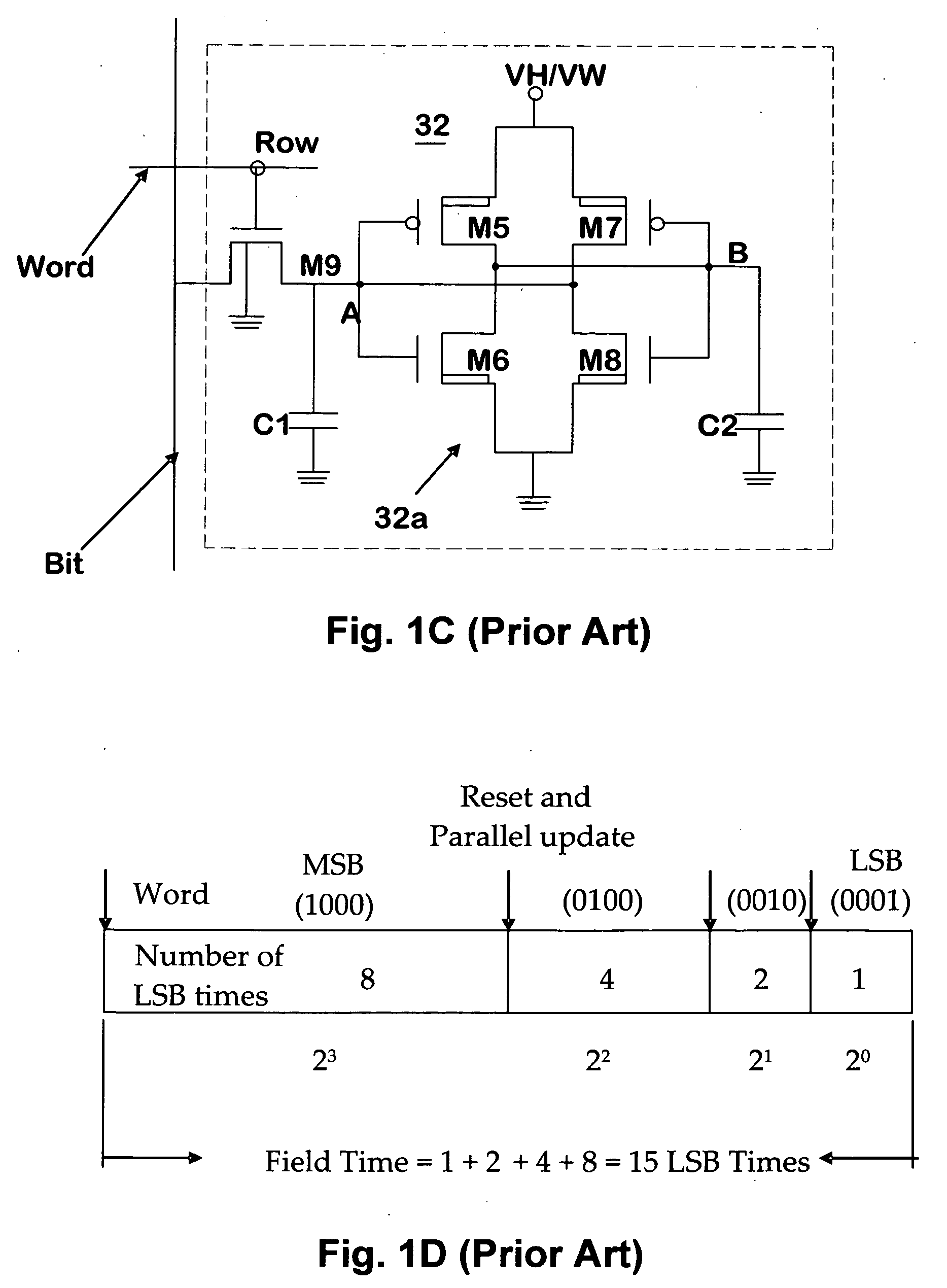Projection device provided with semiconductor light source
a technology of light source and projection device, which is applied in the field of system configuration and methods for controlling and operating the projection apparatus, can solve the problems of limited image display quality, adverse effects on image quality, and limitations of high-quality images employed to display high-quality images, so as to reduce the effect of reducing the effect of color break
- Summary
- Abstract
- Description
- Claims
- Application Information
AI Technical Summary
Benefits of technology
Problems solved by technology
Method used
Image
Examples
Embodiment Construction
[0121]First, the method of specifying the deflection angles of a deflectable mirror in a mirror device in this preferred embodiment is briefly described.
[Summary of Device]
[0122]Projection apparatuses using a spatial light modulator, such as a transmissive liquid crystal, a reflective liquid crystal, a mirror array, etc., are widely known.
[0123]A spatial light modulator includes a two-dimensional array that arranges, enlarges, and then displays onto a screen by way of a projection lens arrayed as tens of thousands to millions of miniature modulation elements for projecting individual pixels corresponding to an image.
[0124]The spatial light modulators generally used for projection apparatuses are of primarily two types: 1) a liquid crystal device for modulating the polarizing direction of incident light; a liquid crystal is sealed between transparent substrates and provides them with a potential, and 2) a mirror device that deflects miniature micro electro mechanical systems (MEMS) m...
PUM
 Login to View More
Login to View More Abstract
Description
Claims
Application Information
 Login to View More
Login to View More - R&D
- Intellectual Property
- Life Sciences
- Materials
- Tech Scout
- Unparalleled Data Quality
- Higher Quality Content
- 60% Fewer Hallucinations
Browse by: Latest US Patents, China's latest patents, Technical Efficacy Thesaurus, Application Domain, Technology Topic, Popular Technical Reports.
© 2025 PatSnap. All rights reserved.Legal|Privacy policy|Modern Slavery Act Transparency Statement|Sitemap|About US| Contact US: help@patsnap.com



